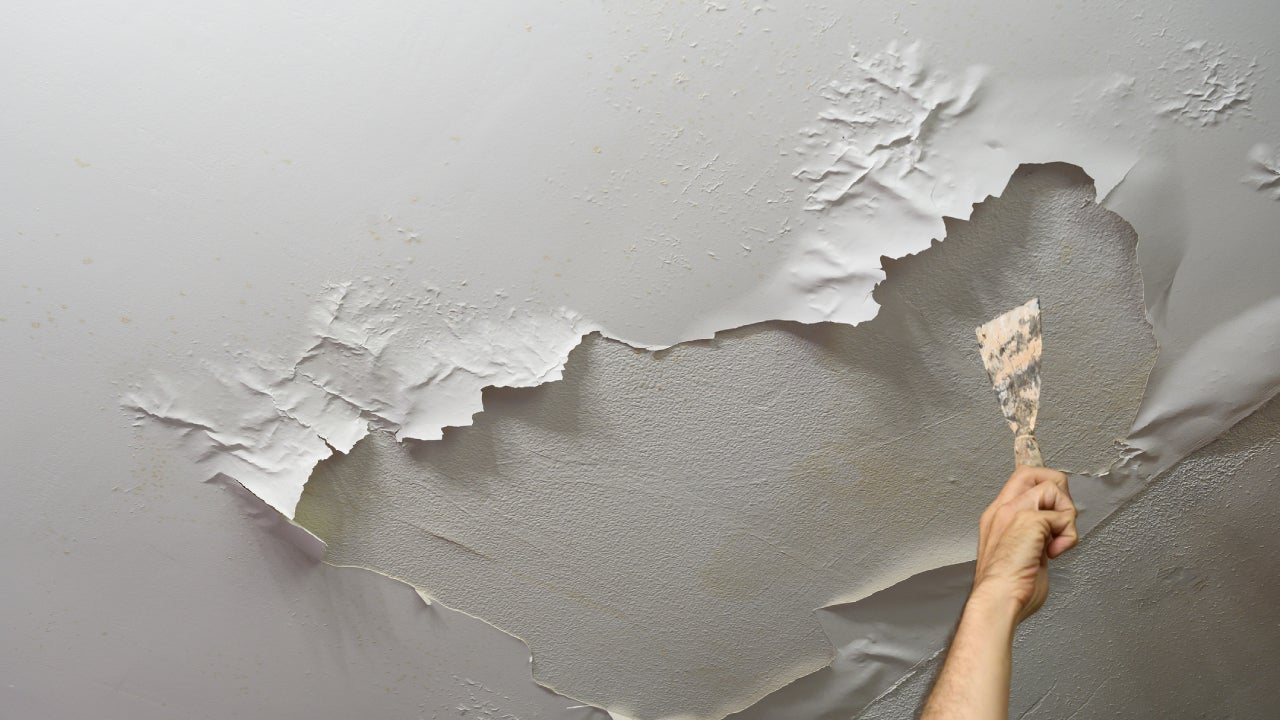Do's & Don'ts of Water Restoration.
Do's & Don'ts of Water Restoration.
Blog Article
We've noticed the article pertaining to Safety Tips To Prevent Fire And Water Damage listed below on the internet and accepted it made good sense to discuss it with you here.

Though water gives life, water intrusion on components where it's not supposed to be can cause damages. If the water saturates into your structure, it can peel away surface areas and erode the foundation. Mold and mold also thrive in a wet setting, which can be dangerous for your health. Houses with water damage odor old and stuffy.
Water can originate from many resources such as tropical cyclones, floods, burst pipelines, leakages, and also sewer issues. In case you experience water damages, it would be excellent to know some safety and security preventative measures. Right here are a couple of standards on how to deal with water damage.
Do Prioritize Home Insurance Coverage Protection
Water damage from flood because of hefty winds is seasonal. Nevertheless, you can additionally experience an abrupt flood when a malfunctioning pipe suddenly bursts right into your residence. It would certainly be best to have house insurance coverage that covers both acts of God such as all-natural tragedies, and emergencies like damaged plumbing.
Don't Neglect to Switch Off Utilities
In case of a catastrophe, particularly if you live in a flood-prone area, it would certainly be a good idea to turn off the main electric circuit. This cuts off power to your whole house, avoiding electric shocks when water can be found in as it is a conductor. Furthermore, do not forget to turn off the primary water line shutoff. When floodwaters are high, furnishings will certainly move around and cause damages. Having the major valve turned off prevents further damage.
Do Keep Proactive as well as Heed Weather Alerts
Storm floodings can be really unpredictable. If there is a history of flooding in your neighborhood, stay ready and aggressive. Pay attention to discharge cautions if you live near a creek, river, or lake. Take out prized possessions from the first stage and also cellar, then placed them on the greatest possible level. Doing so reduces potential property damage.
Don't Ignore the Roof
You can stay clear of rain damages if there are no holes and also leakages in your roof. This will avoid water from moving down your wall surfaces and also saturating your ceiling.
Do Take Notice Of Tiny Leakages
A burst pipe does not take place over night. Normally, there are red flags that show you have actually deteriorated pipes in your home. You might notice bubbling paint, peeling off wallpaper, water touches, water discolorations, or dripping noises behind the walls. Ultimately, this pipeline will burst. Ideally, you must not wait for things to escalate. Have your plumbing repaired before it results in massive damage.
Do Not Panic in Case of a Ruptured Pipe
When it comes to water damages, timing is crucial. Therefore, if a pipeline ruptureds in your house, instantly closed off your primary water shutoff to cut off the resource. Call a respectable water damages restoration expert for support.
Water gives life, water invasion on components where it's not supposed to be can result in damages. Houses with water damage odor musty and also old.
Water damages from flooding dues to heavy winds is seasonal. You might observe gurgling paint, peeling off wallpaper, water streaks, water spots, or dripping audios behind the walls. When it comes to water damage, timing is crucial.
Some Do's & Don't When Dealing with a Water Damage
DO:
Make sure the water source has been eliminated. Contact a plumber if needed. Turn off circuit breakers supplying electricity to wet areas and unplug any electronics that are on wet carpet or surfaces Remove small furniture items Remove as much excess water as possible by mopping or blotting; Use WHITE towels to blot wet carpeting Wipe water from wooden furniture after removing anything on it Remove and prop up wet upholstery cushions for even drying (check for any bleeding) Pin up curtains or furniture skirts if needed Place aluminum foil, saucers or wood blocks between furniture legs and wet carpet Turn on air conditioning for maximum drying in winter and open windows in the summer Open any drawers and cabinets affected for complete drying but do not force them open Remove any valuable art objects or paintings to a safe, dry place Open any suitcases or luggage that may have been affected to dry, preferably in sunlight Hang any fur or leather goods to dry at room temperature Punch small holes in sagging ceilings to relieve trapped water (don't forget to place pans beneath!); however, if the ceiling is sagging extremely low, stay out of the room and we'll take care of it DO NOT:
Leave wet fabrics in place; dry them as soon as possible Leave books, magazines or any other colored items on wet carpets or floor Use your household vacuum to remove water Use TV's or other electronics/appliances while standing on wet carpets or floors; especially not on wet concrete floors Turn on ceiling fixtures if the ceiling is wet Turn your heat up, unless instructed otherwise

As a serious reader on Ways to Reduce The Risk Of Fire And Water Damage, I imagined sharing that article was smart. Please take the opportunity to promote this article if you appreciated it. We love reading our article about What You Can Do At Home To Prevent Fire And Water Damage.
Report this page